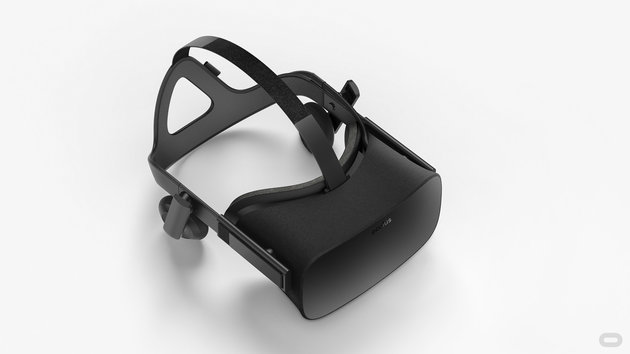Over the past few years the modern resurgence of virtual reality (VR) has grabbed the attention of developers, gamers and mainstream consumers largely due to its immediate and impressive nature. Being transported to another space or time is extraordinary, but why end there? What comes next? At present, far too much content for the medium is still targeting little more than that initial ‘wow’ factor.
Many developers are building their content as if it were the very first VR experience their audience has been treated to. This is perhaps a wise move at present, but in the long run is likely to damage the growth of the medium. Not every videogame or experience is going to be utilised in such as way, and developers run the risk of alienating a large percentage of their audience if they continue to build VR experiences wherein the first five minutes offer little more than the ability to look around a new environment; be it fictional or recreation of a real-world location.
VR has the ability to do so much more. It’s not a gimmick, it is a new medium. However, like many before it VR will suffer from fatigue if the pace isn’t changed to developing new experiences only possible with the medium for the benefit of the user, as opposed to simply trying to impress. It’s long been said that the first five minutes of any videogame experience is enough for most gamers to judge whether or not they’ll invest their time seeing it to its fullest. In VR however, this is a dangerous philosophy.
The Nintendo DS promised videogames that simply weren’t possible before thanks to its twin screen and touchscreen set-up. The portable console did truly deliver some masterpieces, but the initial burst of creativity hamstringed what developers settled upon further down the line. A port of Super Mario 64 with touchscreen controls tacked-on and a version of Ridge Racer with a virtual steering wheel were never going to inspire developers to utilise the new input to its fullest, and as such the Nintendo DS’ software library rarely stepped into previously unknown territory.
On the other end of the spectrum, Nintendo’s Wii offered immediacy unlike anything previously seen in videogames. Motion-controllers had come and gone before, but never had an entire system been built around the idea of putting the player’s direct commands into a videogame. Wii Sports – a pack-in launch title for the console – arguably remains the gem in the Wii’s library of unique experiences; an undeniable shame for a system that sold in excess of 100 million units during the five years of its peak performance at retail.

Like the Wii, one of the beauties of VR is that anyone can develop for it. The difference however, is that creating VR experiences is not easy. Nintendo designed a platform that used familiar technology at its core and simple APIs to draw in developers with imagination but not requiring experience, whereas VR is the opposite way around. Lead by advances in videogame engine technology, executing your ideas is easy, but accepting what will aid the development of VR as a medium – and thus, what is likely to hinder it – only comes from the knowledge that you will likely fail more than succeed.
VR is not the Wii, nor the Nintendo DS, and we need to stop treating it as such. Creating experiences in which the first five minutes impress but the investment required to push beyond that pays few rewards is far from ideal and will only continue to push VR into the same ‘novelty’ category as the Wii, wherein it finds itself stored in a cupboard six months after initial purchase. No longer can VR sustain a barrage of low quality technical demonstrations and videogames that rely on the player accepting that the hook is a mechanic based entirely upon viewpoint. As we move towards the second wave of VR videogames more caution needs to be taken not to flood the market with software driven by the hardware, opposed to the software driving the hardware to new places.















